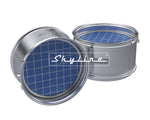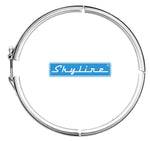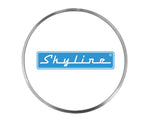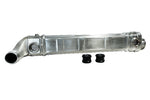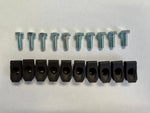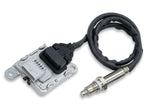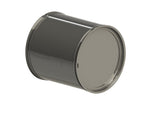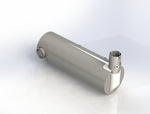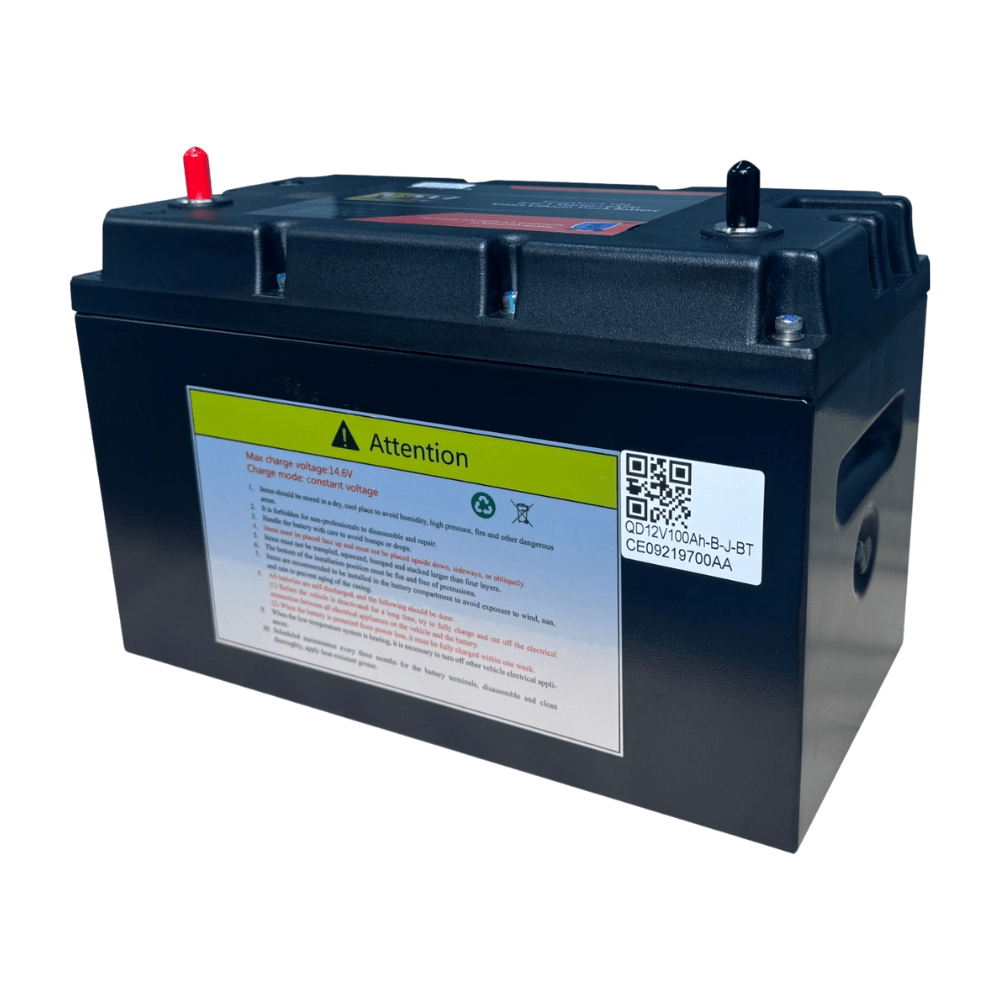Your cart is empty
Looks like you haven't added anything to your cart yet
330-573-5396
Need a quick answer? Give us a call — our team is ready to help you right away and get you the info you need without the wait.
order@dpfdiscounter.com
Have a question or need a quote? Send us an email — we’ll get back to you quickly with the info you need.
330-598-0302
Prefer to text? Shoot us a message — we respond just as fast as a phone call to keep things quick and convenient for you.
LOW STOCK, PLEASE CALL BEFORE PLACING AN ORDER
Please note:
1) Quote shipping is for 4 batteries. For orders with less than 4 batteries, please contact us for a custom quote
2) Order of 4 batteries will be shipped via FedEx ground shipping or LTL shipping, in case of LTL shipment, we will ship to the nearest XPO location for pickup. If residential delivery is requested, additional $150 will be charged for this service.
Product Features:
- Heavy duty 12V diesel battery ideal for semi trucks, heavy-duty trucks, dump trucks, yellow iron equipment, and other diesel-powered vehicles
- 5-year full replacement warranty
- 2-4x overall service life compared to lead-acid and AGM batteries
- Built-in heater to ensure charging and operation even in the coldest conditions
- Half the weight of traditional lead-acid batteries – only 30lbs (13.5kg)
- 1 LiFePO4 battery can replace multiple batteries (typically 2 lead-acid batteries)
- Reliable cranking power 2,400 in cold weather conditions
- Easy, drop-in replacement installation
- Built-in Jump Starter: Activate the Emergency Start feature by pressing a button or utilizing the App via your smartphone
- Battery auto-shutoff after detecting low voltage draw after some time, no dead battery anymore
- Advanced built-in Battery Management System (BMS)
- Cell balancing plus over voltage/short-circuit/low voltage protection
- Monitor your battery status via Bluetooth technology
- Emergency reserve energy at 12% capacity in Summer and 25% in Winter
- Environmentally safer and non-toxic
- Uses the same posts as a traditional lead-acid battery, for easy installation
- Type 31 group dimension
- Can pair with lead-acid or AGM battery if needed
Product Functions:
- Starter function provides high instantaneous current (several thousand amps) when starting the engine.
- eAPU function powers cabin heating, cooling, and other power loads can be used when the truck is parked and the engine is off. Electric flying wing, electric tail plate, and electric tarp can also be used.
- Bluetooth phone connectivity via mobile app makes it easy to monitor battery status, and cycles, identify the charging and discharging state of the battery, and diagnose whether faults are vehicle or battery-related. For example, if there is no charging current after starting, you can check weather the line contact is good or the generator is working.
- BMS products against over-charge, over-discharge, over-current, short circuit and over-temperature to effecively prevent damage to the vehicle, and automatically saves a minimum reserve of electricity for engine starting power.
- SmartStart 100 batteries can be connected in series for longer eAPU run time. For higher voltage systems. 24V and 48V product line sare also available upon request.
Specification:
| Model | SmartStart 100 |
| Applicable Voltage Platform | 12V |
| Cell Type (cells are certified to UL1962/UL1973/UL9540) | LiFePO4 |
| Cell Capacity | 100Ah |
| Series-parallel Configuration | 1P4S |
| Energy Capacity | 1.28kWh |
| Operating Voltage Range | 10V-14V |
| Maximum Continous Charging Current | 100A |
| Charging Voltage Upper Limit | 14.6V |
| Maximum Continous Discharge Current | 150A |
| Maximum Starting Current | 2400A |
| Operating Temperature | -40°F - 149°F |
| Storage Temperature | -4°F - 140°F |
| Operating Humidity | 0~90% ± 5%R.H. |
| System Static Power Consumption | ≤ 5mA |
| Communication | CAN / Bluetooth |
| Upgrade Method | CAN / App |
| Ingression Protection | IP67 |
| Weight | 13.5 ± 0.5kg |
- Shipping costs are calculated at the time of checkout by our shopping cart, based on the weight of your order and the method of shipment.
- Custom shipment available if arranged with customer.
- Please email order@dpfdiscounter.com if you have any questions.
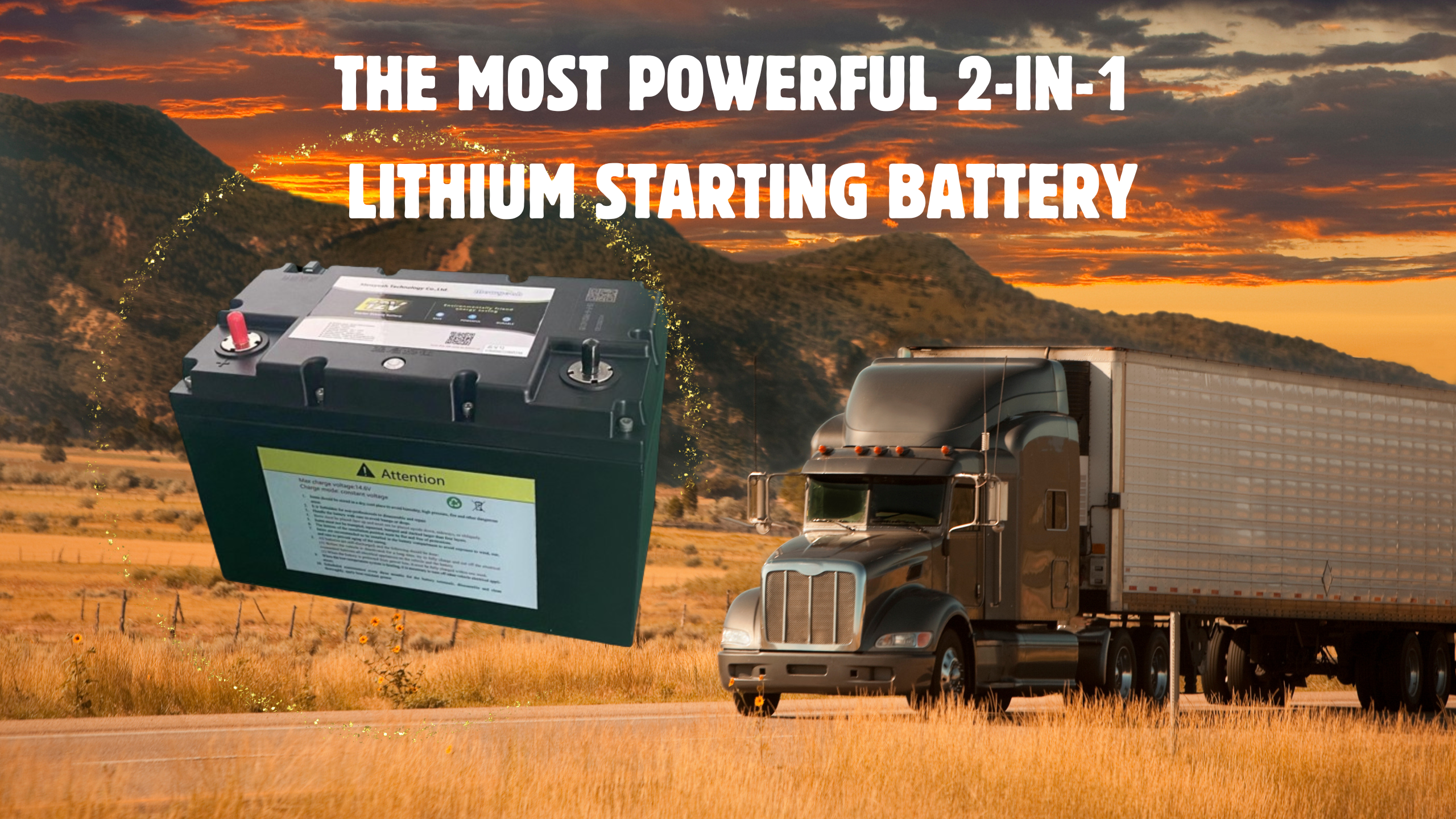
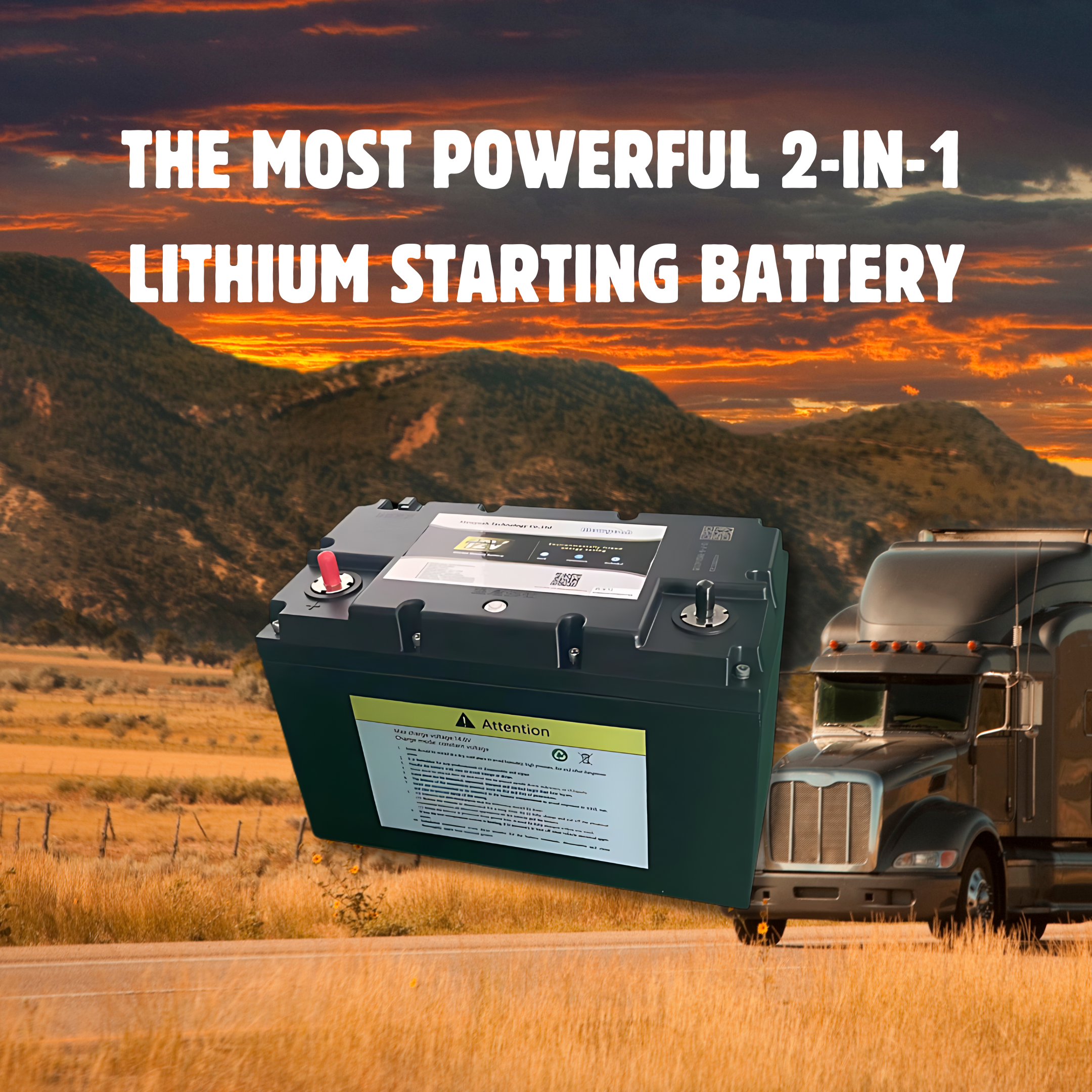
Starter +eAPU
Specially designed to handle high current demand during starting and high energy demand while parked to elimincate idling.
Winter-Proof
The battery features a built-in intelligent thermal management system, which can be automatically heated at low temperature.
Durable
Its service life is 8 to 10 years with a 5-year warranty
Connected
Connects to your phone and for real-time monitoring of battery health and SOC (state of charge) to minimize unexpected down-time.
Safe
Provide multiple protection, including overcharge protection, over-discharge protection, over-current protection and over-temperature protection. Can effectively prevent any damages to the truck, and meets the IATF 16949:2016 standard.
Drop-in Solution
They are designed to be handled like a lead-acid battery, without a need for "white-glove" treatment, paving the way for drop-in replacement of lead-acid batteries and simple installation.
User Hub
Your go-to resource for all things batteries! Explore expert tips, installation guides, product updates, and insights on lithium battery technology to keep you powered up and informed.
FAQ
How to use the battery app (Mewyeah Mate)?
The Mewyeah mobile app offers functions including battery status display, forced startup, fault diagnosis, data logging, and online upgrades. On both Google Play Store or Apple App Store, search "Mewyeah Mate".
ProTips: in the setting screen, it is best to turn on "Only Show Battery" for best user experience.
ProTips: Batteries are displayed in the app as MEW-XXXM, the "XXX" matches the last 3 digits on bluetooth number on the white sticker on the top of the battery. It is recommended to install them in a numerical order based on the last 3 digits. So you can match the battery location and the bluetooth number on the app. It is also recommended to rename the battery with a unit name with a location number. As our batteries are getting popular, your app may discover the batteries from other trucks when you are at a truck stop. It is always best to have a unique name for your batteries.
How to power on/off the lithium battery bank?
Power on the battery bank:
Method 1: press the <POWER> button on the battery top, and you will see the light on the <POWER> button flash 3 times, then off and then flash 3 time, and then off, follow this pattern. This tell you the battery is in normal operation mode. Repeat this operation for all 4 batteries to power on all the batteries.
Method 2: open the Mewyeah Mate app on your phone and connect individual battery, then go to CONTROL tab, click <Force On> Button. Repeat this operation for all 4 batteries to power on all the batteries. You can use the battery flashing pattern mentioned in Method 1 to confirm the battery status.
Method 3: press the <battery communication> button to power on the whole battery bank. Make sure to check the light flashing pattern mentioned on Method 1 to confirm the battery status.
Power off the battery bank:
Method 1: press the <POWER> button on the battery top, until you see the light on the <POWER> button flash 6 times, and then off. Repeat this operation on all batteries.
Method 2: press the <battery communication> button to power off the whole battery bank. Make sure to check the light flashing pattern mentioned on Method 1 to confirm the battery status.
Note: there is no option to power off the individual battery or battery bank through the mobile app.
How to charge the battery bank?
The battery bank is charged from the truck alternator directly.
How does battery bank reserve capacity for starting the truck?
While the vehicle is parked and engine is off, the SmartStart’s E-APU function has a built-in low-charge protection function. The SmartStart can calculate how much electricity has been charged and discharged, providing an accurate assessment of the state of charge(SOC). This allows for reserving a portion of the electricity for starting, preventing situations where excessive power usage leaves the vehicle unable to start. Additionally, the BMS in the winter can reserve electricity for heating the battery to ensure successful starts.
Equipped with a low-charge protection feature, when ambient temperatures are above 41 ° F, the reserved charge level is set at 12%, whereas when temperatures are below 41 ° F, the reserved charge level is 40%. Upon reaching the stored charge threshold, the entire vehicle will power down. In such instances, it is necessary to initiate a forced startup via the mobile application or by pressing the battery’ s forced startup button once. The vehicle’ s engine must be restarted within 2 minutes to promptly exceed the reserved charge threshold, as failure to do so will result in another stored charge-induced power down. Relying solely on monitoring battery voltage to estimate remaining power is unreliable. Battery voltage can vary depending on factors such as dynamic internal resistance at different current levels and temperature fluctuations. Therefore, estimating the remaining power based solely on battery voltage is inaccurate and frequently leads to the catastrophic situation of engine start failure.
How to maintain the battery bank?
1. Inspect the battery terminals for secure installation every three months or when high pole temperature warnings are issued from the app. Clean with a suitable solution or a lint-free cloth.
2. Before prolonged vehicle storage, fully charge the battery and disconnect the negative terminal.
3. When the SmartStart remains unused for over three months, it should be fully charged before storage, and a supplementary charge is necessary if it surpasses one month without use. Batteries that have experienced insufficient capacity due to variousreasons during usage should be recharged timely.
4. If there is any damage or corrosion on the positiveand negative terminals, they should be replaced without delay.
5. Regularly inspect the cable connections at the terminalinterface for secure fastening, and promptly replace any cables or fasteners exhibiting oxidation or corrosion.
6. In instances where vehicle maintenance needs electric or argon welding,it is important to dismantle the negative cable from the SmartStart to prevent harm to the vehicle’s low-voltage system and the lithium battery.
How to install the Skana dual-purpose lithium batteries?
You can visit this blog to see the detailed information on the installation of the Skana dual-purpose lithium batteries.
- Choosing a selection results in a full page refresh.


